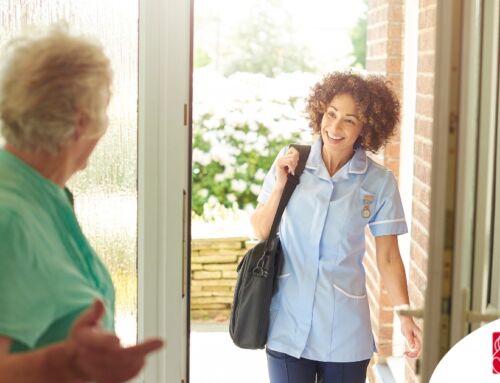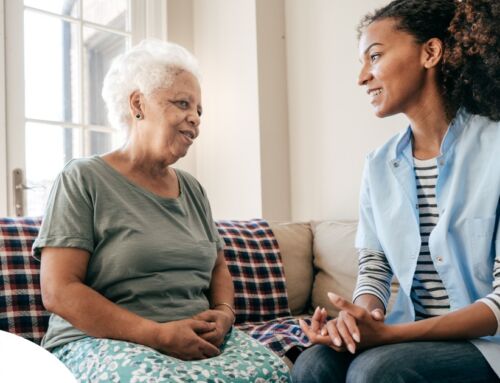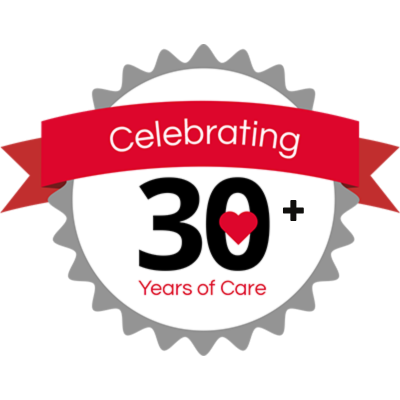As seniors, we know we should be exercising. But did you know that weight training is an integral part of getting older? What are the benefits, what are the most recommended exercises for seniors and how should one get started?
Why weight training?
Weight training is something that we usually associate with young, healthy males, working out in the gym, sweating hard and building muscles. But this is only one piece of the picture. Also referred to as “strength training”, it can be incredibly important to us as we age.
Aging and illness can affect our muscle density, balance, bone density and many other physical factors. In addition, cognitive capabilities and mental health may decline due to a number of factors as we age. Regular exercise and specifically strength training can help us, both physically and mentally.
Benefits of weight training
According to Growing Stronger – Strength Training For Older Adults:
A Report of the Surgeon General (1996), experts agree that aerobic activities should be supplemented with strength developing exercises at least twice per week. These activities will help you:
- build strength
- maintain bone density
- improve balance, coordination, and mobility
- reduce your risk of falling
- maintain independence in performing activities of daily life
Weight training is also highly important for female health. WebMD states:
“Did you know that weight training for osteoporosis — not just walking or doing aerobics, but lifting weights — can help protect your bones and prevent osteoporosis-related fractures? Studies show that strength training over a period of time can help prevent bone loss — and may even help build new bone. In one study, postmenopausal women who participated in a strength training program for a year saw significant increases in their bone density in the spine and hips, areas affected most by osteoporosis in older women.”
Starting a weight training program
Despite the image we may have of muscly, sweaty individuals power lifting in the gym or on television, weight training is for everyone. Of course, before beginning any new physical activity, speak with your doctor or physical therapist about their recommendations. It’s also wise to work under the supervision of a professional strength trainer. There are many now who even specialize in strength training for older adults.
PRO TIP: Although our minds may feel as though we’re still young, be sure to start slowly, especially if you haven’t exercised in a while. Starting with regular walking or cardio exercises will help to build stamina, endurance and provide the warm-up that is needed for your muscles to help prevent injury.
3 Great exercises
The back and hips are the most affected by muscle loss as we age, which is one reason we can feel sore and tired much of the time. Weight training can help to build this muscle mass, as well as improving balance and bone density.
The Sitting March
While sitting in a chair, using 5 pound ankle weights, lift each knee as though marching in place. Alternate knees, so as to “march” in place.
Squats or Chair Squats
Standing Reverse Leg Lift
From FreedomCare:
The back plays a large role in leg and lower body mobility, so taking the time to involve the legs in your back exercises will pay off in the long run. Standing reverse leg lifts are relatively easy to perform, but they require you to already have some balance and strength.
- Begin by standing up straight with your feet hip-width apart and your hands resting lightly on a chair or countertop in front of you. Keep your shoulders back and chin up during the entire exercise.
- Lift one leg and extend it straight out behind you. You may only be able to lift your leg off the floor a little bit the first time, and that’s fine! Do what you feel is comfortable and safe.
- Hold your leg off the floor for a count of 5, and then gently lower your foot back down to the ground and return it to its starting position. Repeat with the other leg.
- Do this exercise 5 times on each leg. Remember to do most of the lifting with your abdominal muscles.
Once you have mastered the last two exercises, you can begin to add low level ankle weights, to help build your muscles.
Wrap Up
While weight training has some important benefits, it’s important to go about a new exercise program carefully. Speak with your doctor about how to start. For adaptive weight training exercises, have a look here for bedbound individuals and here for individuals in wheelchairs.
~ ~ ~
Do you have questions about how you can better support your loved one while they age in place in South Florida or regarding homecare in general? Please contact CareGivers of America here: Contact or call us toll free: 800-342-4197
To join our amazing mailing list where you’ll receive special content, click here.
*No information in this article is to be taken as advice, medical or otherwise. This post is not sponsored, but may contain external links to websites, articles or product examples. External links are used for example or refence purposes only and these links do not indicate specific product or website endorsement by CareGivers of America.





